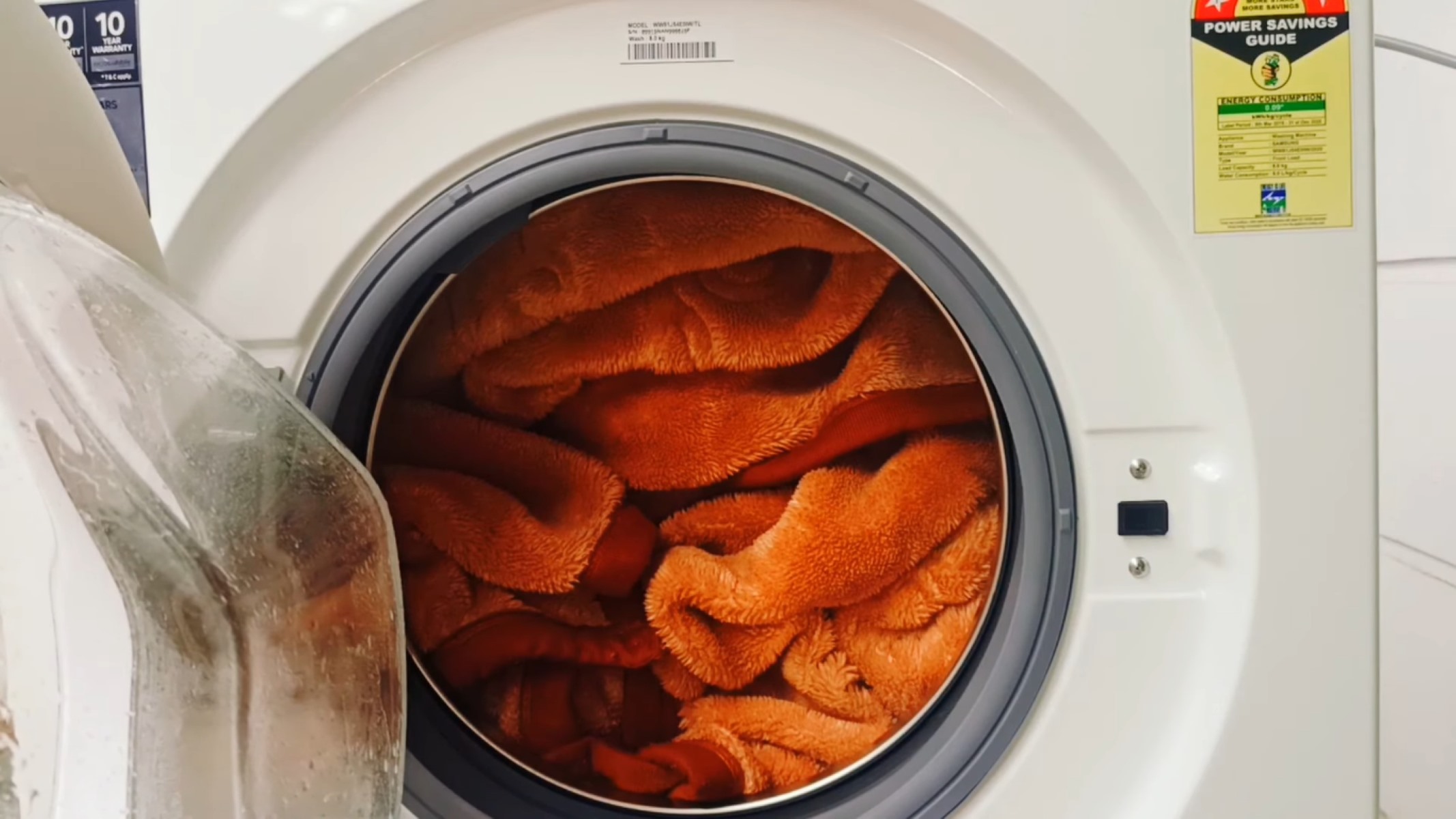

Articles
How To Wash A Large Blanket
Modified: August 27, 2024
Learn the proper technique and tips on how to wash a large blanket with our helpful articles. Keep your blanket clean and fresh for years to come.
(Many of the links in this article redirect to a specific reviewed product. Your purchase of these products through affiliate links helps to generate commission for Storables.com, at no extra cost. Learn more)
Introduction
Washing a large blanket can seem like a daunting task, but with the right approach and a few helpful tips, you can easily freshen up your favorite blanket and keep it looking its best.
Whether you have a cozy fleece blanket, a luxurious wool throw, or a bulky quilt, regular cleaning is essential to maintain its softness, brightness, and overall cleanliness. However, due to their size and weight, washing large blankets requires some extra care and attention.
In this article, we will guide you through the step-by-step process of washing a large blanket, ensuring that you achieve the best possible results while preserving the integrity of your beloved blanket.
Before you begin, it’s important to gather all the necessary supplies. This will help streamline the process and ensure you have everything you need at your disposal. So, let’s start by discussing the supplies you’ll need.
Key Takeaways:
- Keep your large blanket fresh and cozy by gathering the right supplies, pre-treating stains, and selecting the appropriate wash cycle. Follow care label instructions and additional tips for long-lasting comfort.
- Ensure successful blanket washing by properly loading the machine, adding the right detergent, and choosing the best drying method. Follow care label guidelines and maintain your blanket’s quality for years to come.
Read more: How To Store Large Blankets
Gathering Supplies
Before you begin washing a large blanket, it’s important to gather all the necessary supplies. This will ensure that you have everything you need on hand and make the process smoother. Here’s a list of supplies you’ll need:
- Mild detergent: Choose a gentle detergent that is suitable for the fabric of your blanket. Avoid using harsh chemicals or bleach, as they can damage the fibers.
- Stain remover: If your blanket has any stains, having a stain remover on hand can help pre-treat the stains before washing.
- Washing machine: Make sure your washing machine is large enough to accommodate the size of the blanket. If you don’t have access to a large enough machine at home, consider using a laundromat.
- Dryer or drying rack: Decide whether you’ll be using a dryer or air-drying the blanket. If you choose to air-dry, make sure you have a drying rack or a clothesline to hang the blanket.
- Fabric softener (optional): If you want to add extra softness and a pleasant scent to your blanket, you can use a fabric softener. However, make sure it’s safe for the fabric and won’t leave any residue.
- Lint roller: Having a lint roller handy will help remove any lint or pet hair that may have accumulated on the blanket.
- Clean towels: You’ll need clean towels to absorb excess moisture from the blanket after washing and to protect the washing machine from any loose fibers.
Once you have gathered all the necessary supplies, you’re ready to move on to the next step: preparing the washing machine for the blanket.
Preparing the Washing Machine
Now that you have all the necessary supplies ready, it’s time to prepare the washing machine to ensure optimal washing results for your large blanket. Follow these steps:
- Inspect the washing machine: Take a quick look inside the washing machine drum to ensure there are no stray items like coins or small objects that could cause damage during the wash cycle. Remove any foreign objects you find.
- Clean the washing machine drum: Wipe down the inside of the drum with a damp cloth to remove any dirt or residue that might transfer onto the blanket during the wash.
- Adjust the water temperature: Check the care label on your blanket to determine the appropriate water temperature. Some blankets can be washed in cold water, while others may require warm or hot water.
- Set the wash cycle: Select the appropriate wash cycle for your blanket. Delicate or gentle cycles are often the best choice for large blankets, as they provide a more gentle and prolonged washing action.
- Adjust the load size: If your washing machine has a load size option, adjust it accordingly to accommodate the size of your blanket. Overloading the machine can lead to poor cleaning results or potential damage to the machine.
- Run a quick rinse: Before loading your blanket into the machine, run a quick rinse cycle without any detergent to ensure that the machine is clean and functioning properly.
Once you have completed these steps, your washing machine will be ready to handle the cleaning process for your large blanket. The next step is to address any stains that may be present on the blanket before washing it.
Pre-Treating Stains
If you notice any stains on your large blanket, it’s important to pre-treat them before washing to increase the chances of successful stain removal. Follow these steps to pre-treat stains effectively:
- Identify the stains: Take a close look at the blanket and identify any visible stains. Common stains on blankets include food, beverage, oil, or dirt stains.
- Read the care label: Check the care label on your blanket to ensure that it is safe to treat the stains with water and any necessary cleaning agents. Some blankets may require dry cleaning for stain removal.
- Testing an inconspicuous area: Before applying any cleaning solution directly on the stain, it’s always advisable to test it on a small, inconspicuous area of the blanket to ensure that it doesn’t cause any damage or discoloration.
- Choose the appropriate stain remover: Depending on the type of stain, select an appropriate stain remover. For example, enzymatic cleaners are great for protein-based stains like food or blood, while oxygen bleach can be effective for tough stains like coffee or wine.
- Apply the stain remover: Following the instructions on the stain remover product, gently apply it to the stained area of the blanket. Use a clean cloth or sponge to blot the stain remover into the fabric.
- Let it sit: Allow the stain remover to penetrate the stain for the recommended amount of time. This will help loosen the stain and make it easier to remove during the wash cycle.
- Gently rub or brush: After the recommended time has passed, use a soft brush or cloth to gently rub or brush the stained area. Be careful not to scrub too vigorously, as this can damage the fabric.
- Rinse if necessary: Depending on the instructions provided with the stain remover, you may need to rinse the treated area with water to remove any residue before proceeding with the washing process.
By pre-treating stains before washing, you increase the likelihood of successful stain removal and ensure that your large blanket comes out of the wash looking fresh and clean. Now, let’s move on to the next step: loading the blanket into the washing machine.
Loading the Blanket into the Washing Machine
Now that you have pre-treated any stains on your large blanket, it’s time to carefully load it into the washing machine. Here are the steps to follow:
- Check the size: Confirm that the size of the blanket is suitable for the capacity of your washing machine. Avoid excessively stuffing the machine, as this can prevent proper cleaning and agitation.
- Place the blanket evenly: Spread the blanket evenly inside the washing machine, ensuring that it is not bunched up or folded in a way that obstructs the water and detergent from reaching all areas.
- Keep the load balanced: If you are washing a particularly heavy or bulky blanket, it’s important to balance the load. Add a few towels or similar items to even out the weight distribution and prevent the machine from becoming off-balance during the wash cycle.
- Avoid overloading: Be mindful not to overload the machine. As a general guideline, a large blanket should occupy no more than three-quarters of the machine’s capacity to allow for proper water circulation and cleaning.
- Close the machine: Once the blanket is properly positioned in the washing machine, close the machine’s lid or door securely.
It’s important to note that if your blanket is made of delicate or fragile material, it might be best to place it inside a mesh laundry bag or pillowcase to provide an extra layer of protection during the washing process. This can help prevent any damage to the fabric or excessive tangling.
Now that your blanket is loaded into the washing machine, the next step is to select the appropriate wash cycle.
Read more: How To Wash A Blanket In The Washing Machine
Selecting the Appropriate Wash Cycle
Choosing the right wash cycle is crucial to ensure that your large blanket gets the proper cleaning it needs while avoiding any potential damage. Here are some tips to help you select the appropriate wash cycle:
- Read the care label: Before selecting a wash cycle, refer to the care label attached to your blanket. It will provide specific instructions regarding the recommended wash cycle, water temperature, and any other special considerations.
- Consider the material: Take into account the material of your blanket when choosing a wash cycle. Delicate fabrics, such as silk or cashmere, should be washed on a gentle cycle, while sturdier fabrics, like cotton or polyester, can handle a regular or heavy-duty cycle.
- Choose a gentle or delicate cycle: If you’re unsure about the optimal wash cycle, it’s generally safer to err on the side of caution and select a gentle or delicate cycle. These cycles typically involve slower agitation and shorter wash times, which reduce the risk of damaging the blanket.
- Use a short wash duration: To minimize wear and tear on your large blanket, opt for a shorter wash cycle duration. The less time spent in the washing machine, the better for maintaining the fabric’s integrity.
- Avoid high-speed spins: High-speed spin cycles can strain the fibers of your blanket, leading to excessive wear and possible damage. If your machine allows, select a spin cycle with a lower speed or one that’s specifically designed for delicate items.
Keep in mind that every washing machine may have different options and terminology for wash cycles. Familiarize yourself with the settings on your specific machine and choose the option that best suits your blanket’s needs.
Once you have selected the appropriate wash cycle, it’s time to add the necessary detergent and other cleaning agents.
When washing a large blanket, use a front-loading washing machine for best results. Add a small amount of mild detergent and wash on a gentle cycle with cold water to prevent shrinking or damage to the fabric. Avoid using hot water or strong agitation. Always check the care label for specific instructions.
Adding Detergent and Other Cleaning Agents
The choice of detergent and other cleaning agents can significantly impact the cleanliness and freshness of your large blanket. Follow these steps to ensure that you add the right amount of detergent and any other necessary cleaning agents:
- Read the detergent instructions: Before adding detergent, carefully read the instructions on the detergent packaging. Different detergents may have varying dilution ratios or recommended amounts to use based on load size.
- Measure the detergent: Use a measuring cup or the dosing cap provided with your detergent to measure the appropriate amount. Avoid using excess detergent, as it can leave residue on the blanket or cause a build-up in your washing machine.
- Add fabric softener if desired: If you prefer to use fabric softener for added softness and fragrance, add it according to the instructions on the fabric softener packaging. However, remember that some blankets may not be suitable for fabric softener, so refer to the care label for guidance.
- Consider additional cleaning agents: Depending on your blanket’s condition and the level of dirt or odors, you may want to consider adding other cleaning agents. For example, baking soda can help eliminate odors, while vinegar can act as a natural fabric softener and deodorizer.
- Opt for natural cleaning methods: If you prefer a more natural approach, you can substitute commercial detergents with eco-friendly or homemade alternatives. These can include soap nuts, castile soap, or DIY detergent recipes made from natural ingredients.
- Avoid bleach unless necessary: Unless your blanket is white and specifically labeled as safe for bleaching, avoid using bleach. Bleach can weaken the fibers and cause discoloration or damage to the blanket.
Remember, when adding detergent and other cleaning agents, it’s crucial to follow the manufacturer’s instructions and not exceed the recommended amounts. Properly measuring and adding these agents will ensure effective cleaning without compromising the quality of your large blanket.
Now that you have added the necessary cleaning agents, it’s time to run the washing machine and let it work its magic.
Running the Washing Machine
With the detergent and other cleaning agents added, it’s time to run the washing machine and let it clean your large blanket. Follow these steps to ensure a successful wash:
- Close the washing machine lid or door: Double-check that the lid or door is securely closed before starting the wash cycle. This will prevent any water from splashing out during the wash.
- Select the appropriate wash cycle: Refer to the earlier step where you selected the appropriate wash cycle for your blanket. Make sure it is still selected on the machine’s control panel.
- Adjust the water level: Some washing machines allow you to adjust the water level. Follow the instructions for your specific machine and set the water level according to the blanket’s size and the manufacturer’s recommendations.
- Start the wash cycle: Depending on your machine, press the appropriate button or turn the dial to start the wash cycle. The machine will now begin agitating the blanket in a mixture of water and detergent.
- Monitor the washing machine: During the wash cycle, keep an eye on the machine to ensure it functions smoothly and doesn’t encounter any issues. If you notice any abnormal noises or vibrations, pause the machine and inspect for potential problems.
- Allow the cycle to complete: Let the washing machine complete the full wash cycle without interruption. Resist the temptation to pause the cycle or open the lid during operation, as this can disrupt the cleaning process.
While the washing machine does its job, take this time to tidy up the surrounding area, catch up on other chores, or simply relax with a cup of tea. Once the cycle is complete, it’s time to move on to the next step: drying the blanket.
Note: Depending on the size and material of your blanket, the wash cycle time may vary. Some cycles can take up to an hour or longer, so plan accordingly.
Drying the Blanket
After the wash cycle is complete, it’s time to properly dry your large blanket. The drying method will depend on the specific blanket material and your personal preferences. Here are some options to consider:
- Using a dryer: If your blanket is dryer-safe, you can choose to tumble dry it. Follow these steps for optimal results:
- Remove the blanket from the washing machine and gently shake it to remove any excess water.
- Place the blanket loosely in the dryer, ensuring it has enough room to move around and air circulates freely.
- Set the dryer to the appropriate temperature and cycle for your blanket material. Opt for a low or delicate heat setting to prevent potential shrinkage or damage.
- Optionally, add a dryer sheet to reduce static and add a pleasant scent. However, make sure the dryer sheet is safe for use with your blanket.
- Monitor the drying process periodically and remove the blanket from the dryer once it is completely dry.
- Air-drying: If your blanket is not suitable for machine drying or if you prefer a more natural approach, you can air-dry the blanket. Follow these steps:
- Choose a well-ventilated area for drying the blanket, preferably outdoors on a clothesline or indoors on a drying rack.
- Spread the blanket evenly on the drying surface, ensuring it is not folded or bunched up.
- Allow sufficient time for the blanket to air-dry naturally. This process may take several hours or even a full day, depending on the blanket thickness, material, and weather conditions.
- Periodically check the blanket’s progress and rearrange any damp areas to promote even drying.
- Once the blanket is fully dry, give it a gentle shake or fluff to restore its softness and remove any stiffness.
Choose the drying method that aligns best with your specific blanket and preferences. Remember, always check the care label for any specific instructions or recommendations regarding drying methods.
Now that your blanket is dry, it’s time to remove it from the dryer or drying rack and prepare it for use or storage.
Read more: What Washer Setting For Blankets
Removing the Blanket from the Dryer
Once the drying cycle is complete and your large blanket is dry, it’s time to remove it from the dryer. Follow these steps to ensure you safely and properly handle your freshly dried blanket:
- Turn off and unplug the dryer: Before opening the dryer door, make sure to turn off the machine and unplug it from the power source. This will prevent any accidental activation or safety hazards.
- Open the dryer door: Gently open the door of the dryer, taking care not to damage the blanket or snag it on any dryer components.
- Remove the blanket: Carefully lift the blanket out of the dryer, ensuring you support its weight to prevent any dragging or stretching. Avoid pulling forcefully, as it can cause damage to the fabric or seams.
- Inspect for any residual moisture: Check the blanket for any lingering dampness. If you find any areas that are still slightly damp, consider additional air-drying or spot-drying before folding or storing.
- Give it a final shake or fluff: To restore the blanket’s loftiness and remove any wrinkles, give it a gentle shake or fluff. This will help it regain its shape and ensure a cozy appearance.
Once you’ve removed the blanket from the dryer and performed a quick inspection, it’s time to decide how to proceed. You can either use the blanket immediately or store it properly until you’re ready to use it.
Properly caring for and storing your blanket will ensure its longevity and keep it in top condition for years to come. Now, let’s explore some additional tips and recommendations to help you maintain your large blanket.
Additional Tips and Recommendations
Here are some additional tips and recommendations to keep in mind when washing and caring for your large blanket:
- Check the care label: Always refer to the care label instructions for your specific blanket. This will provide you with important information about the recommended washing and drying methods, as well as any specific precautions or restrictions.
- Spot clean when necessary: If you notice a small stain or spill on your blanket between washes, try spot cleaning it with a gentle detergent or stain remover. This can help minimize the need for frequent full washes.
- Avoid harsh chemicals: Harsh chemicals, bleach, and strong cleaning agents can damage the fibers of your blanket. Stick to mild detergents and cleaning products that are safe for the fabric.
- Regularly clean your washing machine: Clean your washing machine regularly to prevent buildup of dirt, lint, and detergent residue, which can transfer onto your blankets. Follow the manufacturer’s instructions for proper cleaning.
- Rotate storage: If you have multiple blankets in your collection, consider rotating their usage and storage. This will help evenly distribute wear and ensure all blankets are well-maintained.
- Protect from pets: If you have furry friends at home, try to keep your blankets away from their reach or make use of protective covers to prevent pet hair, stains, or damage.
- Avoid excessive sunlight: Prolonged exposure to direct sunlight can fade or damage certain fabrics. When air-drying your blanket, choose a shaded area or hang it indoors away from direct sunlight.
- Store properly: When not in use, store your clean blanket in a cool, dry place away from sunlight and moisture. Use a breathable storage bag or cover to protect it from dust and pests.
By following these tips and recommendations, you can ensure that your large blanket remains fresh, clean, and cozy for years to come. Remember to always prioritize the care instructions provided by the manufacturer to maintain the quality of your blanket. With a little TLC, your blanket will continue to provide you with warmth, comfort, and relaxation.
Now that you have a comprehensive understanding of how to wash and care for your large blanket, you can confidently tackle the task and enjoy the benefits of a clean and fresh blanket whenever you need it.
Happy washing!
Conclusion
Washing a large blanket may seem like a daunting task, but with the right approach and a few helpful tips, you can keep your favorite blanket clean, fresh, and cozy. By following the step-by-step process outlined in this article, you can ensure that your blanket receives the proper care it deserves.
From gathering the necessary supplies to pre-treating stains, loading the blanket into the washing machine, selecting the appropriate wash cycle, adding detergent, and running the machine, each step plays a crucial role in achieving successful results. Additionally, choosing the right drying method, properly removing the blanket from the dryer, and following storage guidelines will help maintain its quality for years to come.
Remember to always refer to the care label instructions provided by the manufacturer for specific guidelines regarding your blanket. Whether it’s a luxurious wool throw, a cozy fleece blanket, or a bulky quilt, each fabric type requires unique care.
By incorporating the additional tips and recommendations, such as checking the care label, spot cleaning, avoiding harsh chemicals, regularly cleaning your washing machine, rotating storage, and protecting from pets, you can further enhance the longevity of your blanket and preserve its softness and appearance.
Now that you have gained the knowledge and confidence to properly wash and care for your large blanket, it’s time to put this information into action. Enjoy the satisfaction of a clean, fresh-smelling, and irresistibly cozy blanket, ready to provide you with warmth and comfort whenever you need it.
So go ahead, embrace the joy of a well-maintained blanket, and revel in its comforting embrace. Happy washing!
Frequently Asked Questions about How To Wash A Large Blanket
Was this page helpful?
At Storables.com, we guarantee accurate and reliable information. Our content, validated by Expert Board Contributors, is crafted following stringent Editorial Policies. We're committed to providing you with well-researched, expert-backed insights for all your informational needs.

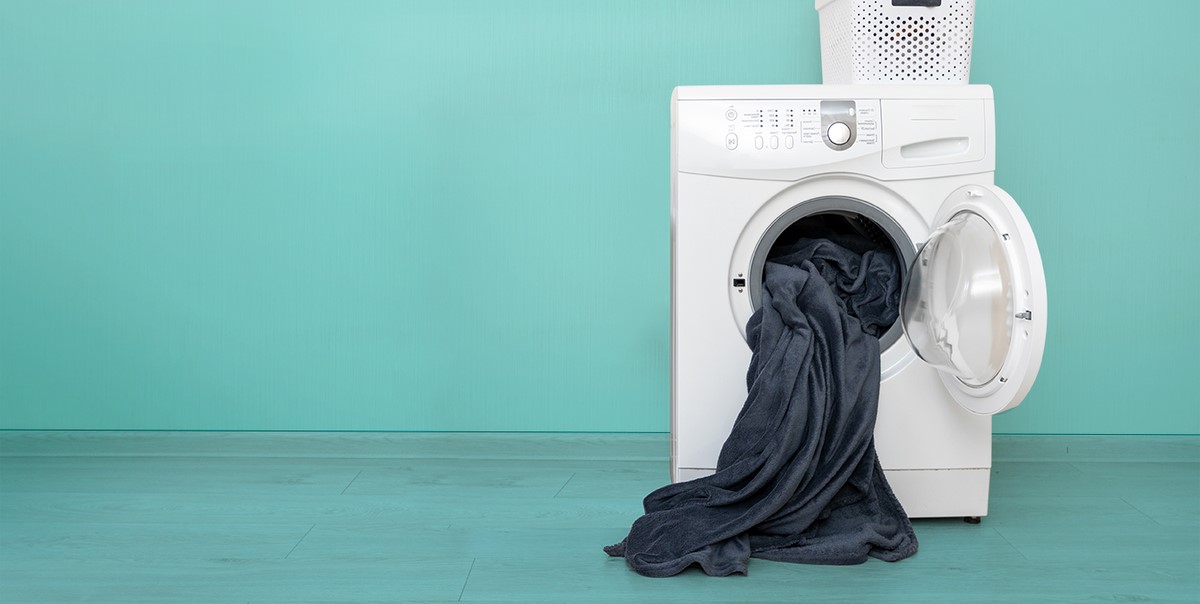


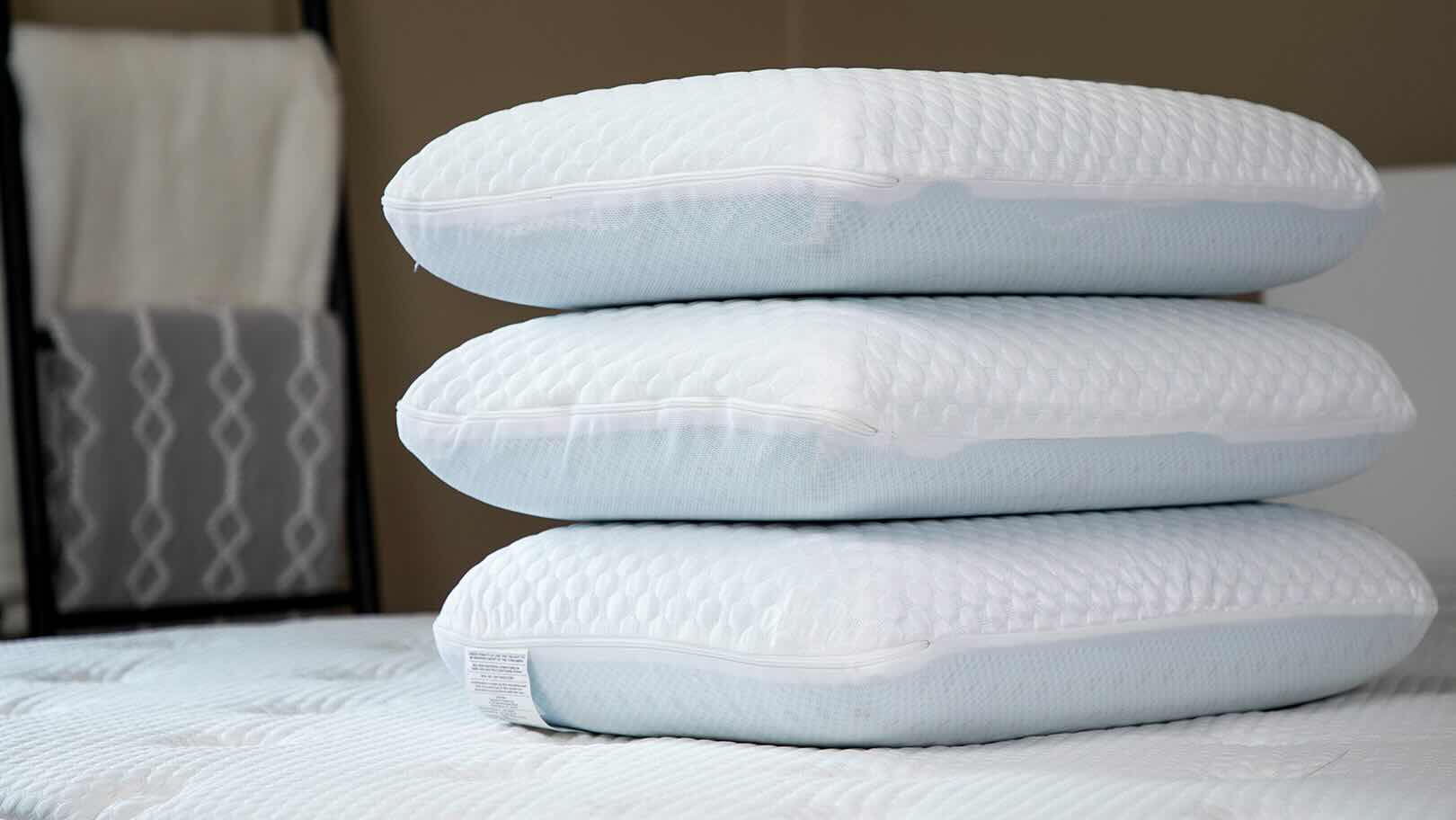
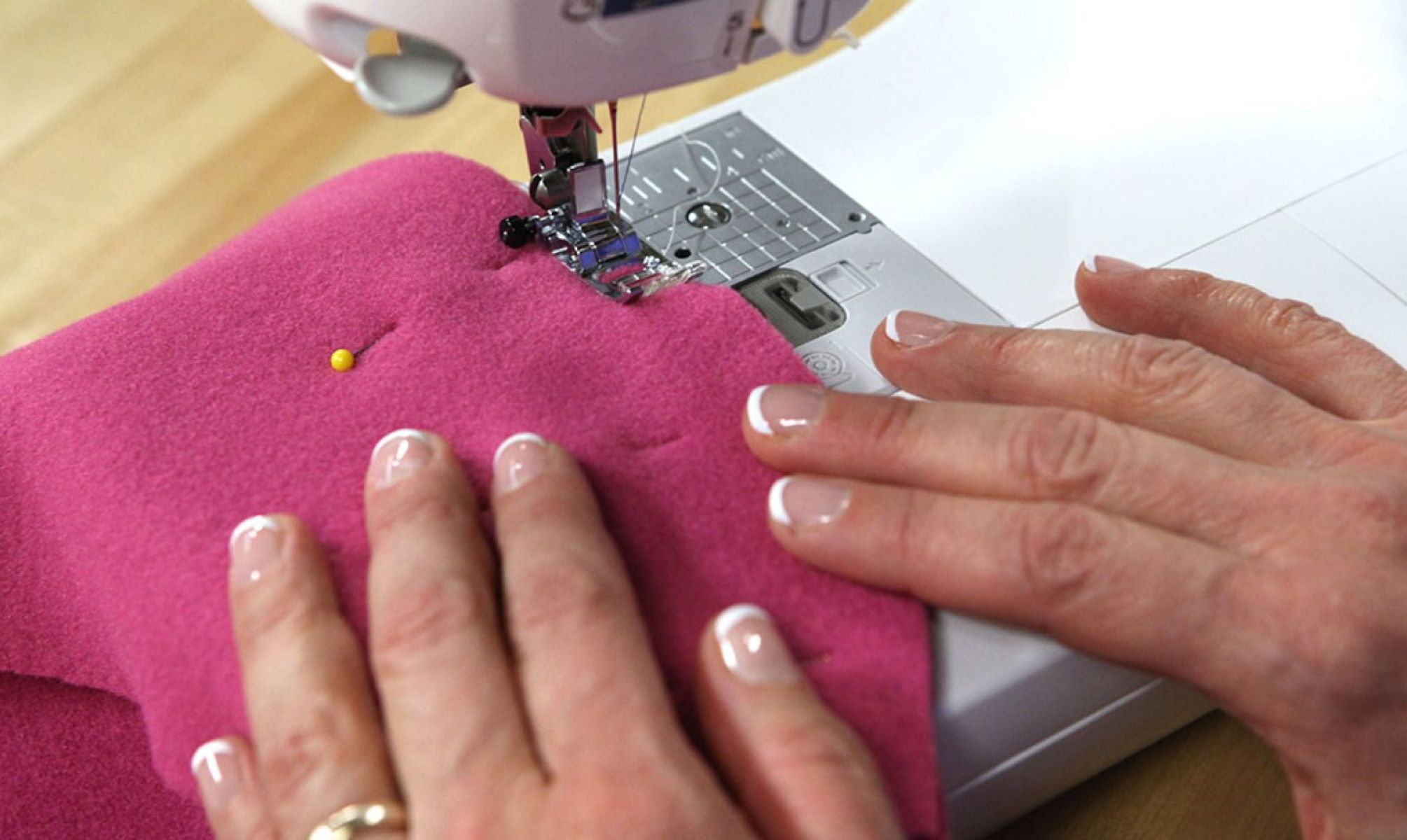
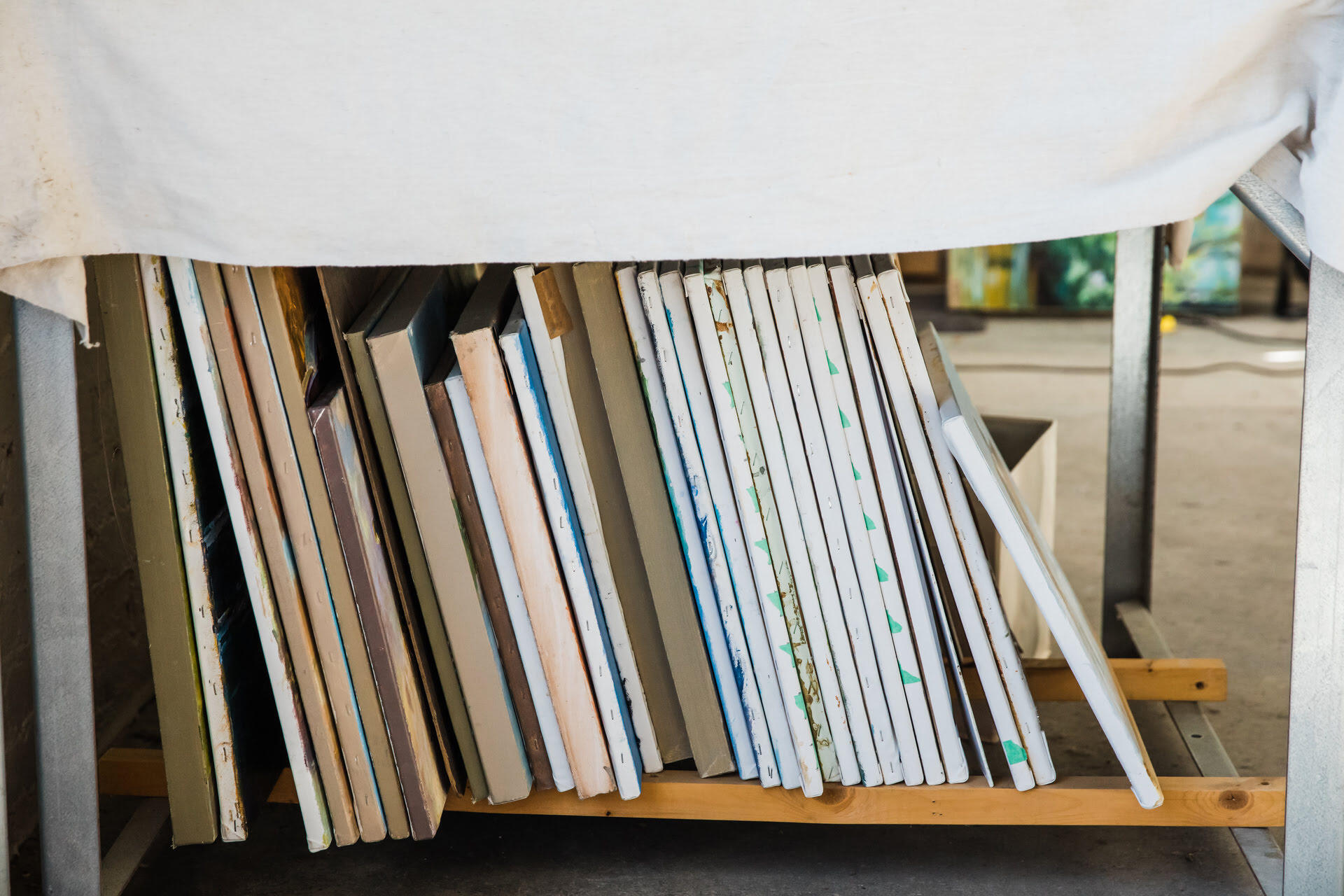


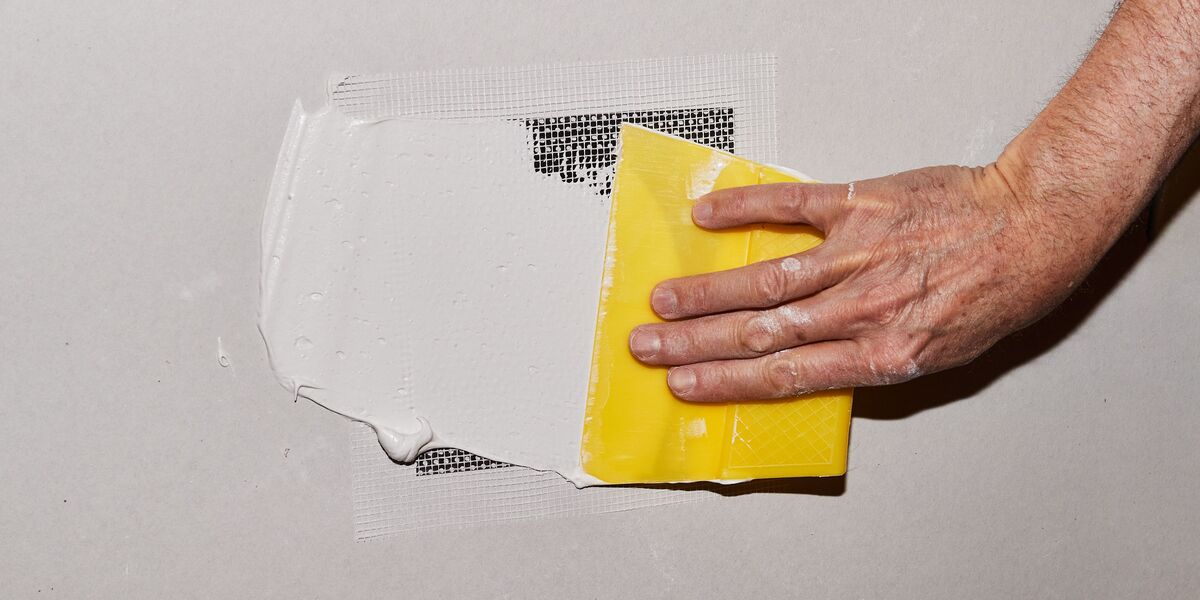
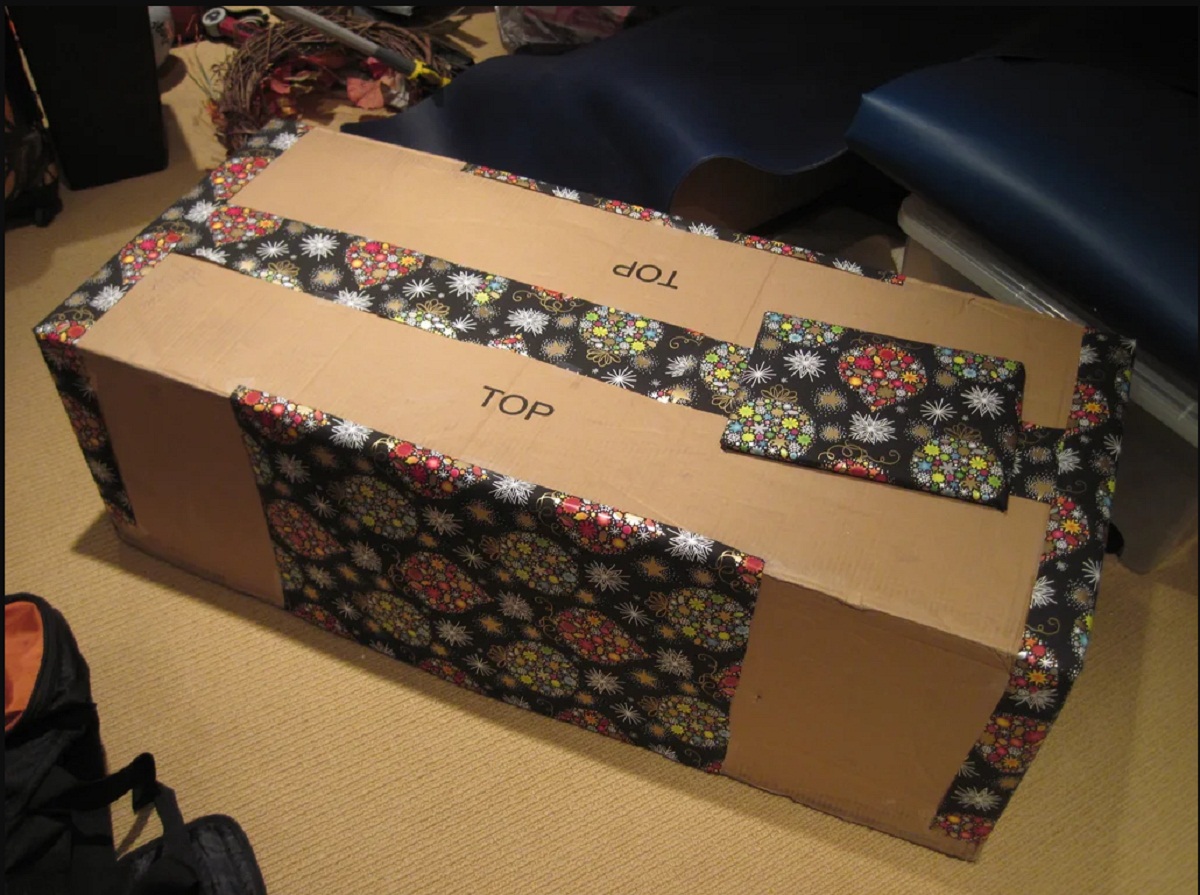



0 thoughts on “How To Wash A Large Blanket”